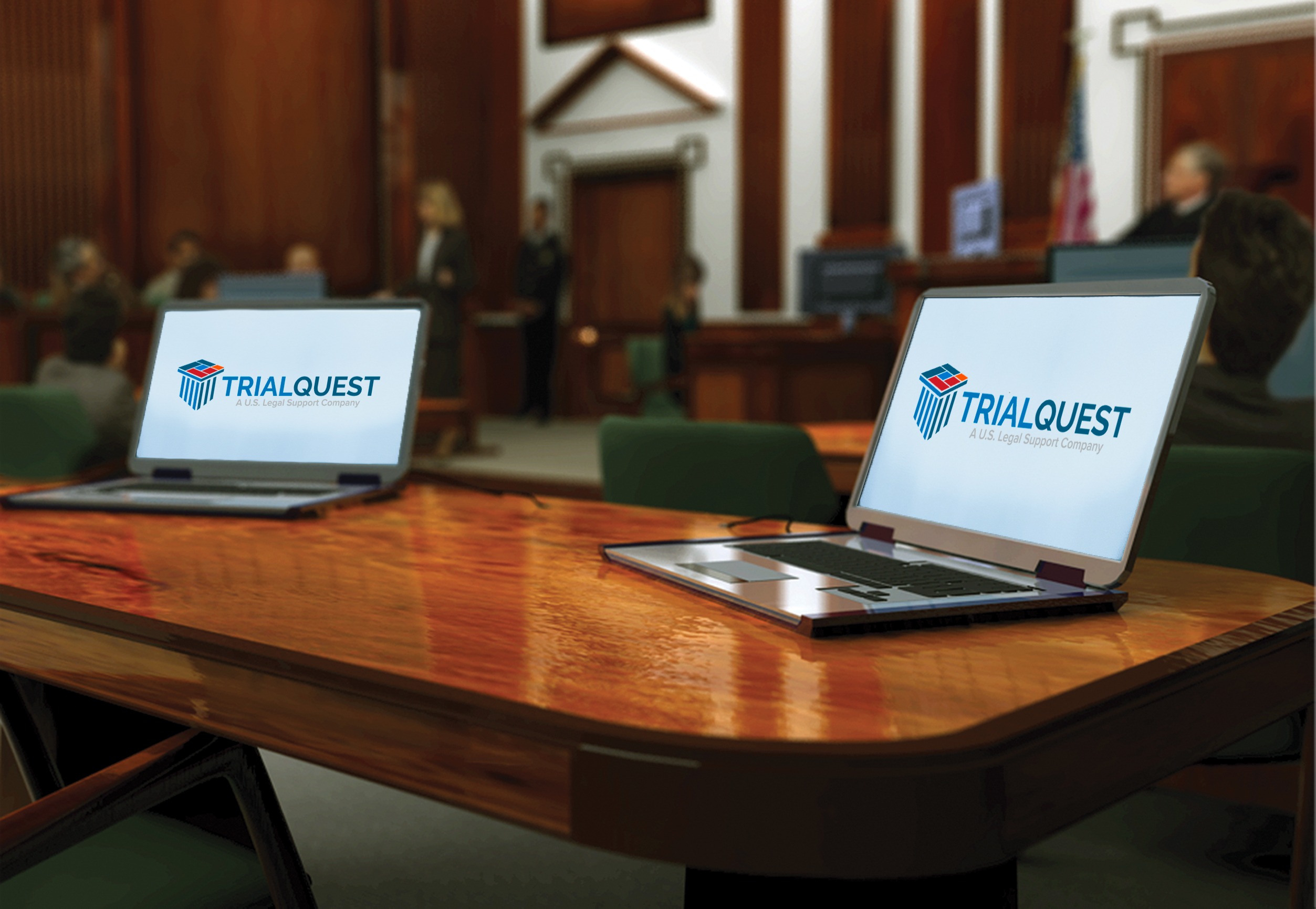Just How Reliable Trial Discussions Can Win Your Instance
The performance of trial discussions is frequently undervalued, yet they play a critical duty in forming juror assumptions and affecting instance outcomes. As we explore the elements that add to an engaging trial presentation, the question stays: what specific methods can attorneys utilize to ensure their message not only resonates yet additionally obliges action?

Understanding Your Audience
Comprehending your target market is critical for supplying an effective test presentation. Knowing that will be present in the courtroom-- jurors, courts, and rival advise-- enables you to tailor your message in a manner that reverberates with them. Each group has distinct assumptions, predispositions, and histories, which can substantially influence their perception of the instance.
For jurors, it is necessary to consider demographics, life experiences, and cognitive prejudices. Jurors might originate from different professions and social backgrounds, influencing their analysis of proof and debates. Engaging with them via relatable instances and clear, simple language can cultivate much better understanding and empathy.
Judges, on the other hand, emphasis on legal standards and procedural integrity. Presentations must be succinct and grounded in the law while valuing courtroom etiquette. Recognizing the court's choices and previous rulings can better enhance your method.
Reliable communication pivots on recognizing these differences and adjusting your presentation style appropriately (trial presentations). By expecting the audience's responses and addressing their worries, you can create a more influential narrative that mesmerizes attention and promotes favorable outcomes
Crafting a Compelling Story
A well-crafted story acts as the foundation of an efficient trial discussion, guiding the target market with intricate info while stimulating emotional feedbacks. This story ought to begin with a clear and appealing intro that establishes the phase, describing the essential motifs and problems at risk. Developing a relatable protagonist-- commonly the client-- can develop a personal connection with the jury, drawing them into the tale.
The body of the story should provide the truths in a sensible sequence, weaving together proof and testament to construct a cohesive debate. Each item of details need to support the overarching theme, enhancing the wanted message without overwhelming the audience with unnecessary details. Shift expressions can be particularly effective, assisting to keep circulation and keep the jury involved.
Inevitably, the conclusion ought to reverberate psychologically, summarizing the situation's relevance and advising the court to do something about it via their judgment. By crafting an engaging narrative that is both structured and psychologically resonant, lawyers can efficiently communicate their situation's qualities, making it simpler for jurors to comprehend and bear in mind the vital points long after the test ends. This strategy not only informs yet also encourages, enhancing the probability of a beneficial end result.
Making Use Of Aesthetic Aids Successfully

Visual aids play a vital function in improving test discussions, transforming complicated information into available information that jurors can conveniently understand. By making use of graphes, graphs, diagrams, and multimedia components, lawyers can go to website make clear detailed factors and maintain jurors' focus. Visual aids help with the understanding of proof, making abstract ideas substantial and relatable.
When choosing aesthetic help, importance and simpleness are extremely important. Each aesthetic ought to straight sustain the instance narrative and reinforce essential disagreements without overwhelming the audience. Overly complex visuals can take away from the message, triggering complication as opposed to quality.
In addition, the tactical placement of aesthetic aids during presentations is essential. They should be introduced at turning points to emphasize important evidence or to show significant changes or patterns. This timing permits jurors to process info successfully, boosting retention and recall during deliberations.
Furthermore, it is essential to ensure that visual aids are technologically compatible with the court room atmosphere. Knowledge with the tools and a back-up strategy can protect against technological glitches that could disrupt the circulation of the discussion. In recap, reliable use aesthetic help can considerably boost a trial discussion, bring about a more powerful connection with the jury and a much more persuasive case generally.
Engaging Emotion and Empathy
While providing valid evidence is important, interesting feeling and compassion in test discussions can greatly affect jurors' perceptions and decisions. Jurors are not simply decision-makers; they are humans who respond to narratives that resonate on an individual level. By weaving emotional components right into the discussion, lawyers can create a link that transcends simple statistics and legal jargon.
Narration is an effective webpage tool in this context. By offering the case as a story that highlights the human influence of the occasions concerned, attorneys can evoke feelings of empathy, anger, or also are afraid - trial presentations. These emotions can substantially sway jurors, making them most likely to feel sorry for the complainant or defendant

Eventually, a test presentation that successfully involves feeling and empathy can develop a compelling disagreement that reverberates deeply, leading jurors to really feel a personal risk in the case, consequently boosting the possibilities of a positive verdict.
Practicing Delivery Methods
Engaging feeling and empathy lays a strong structure for trial presentations, yet the performance of these elements depends upon the delivery strategies utilized by the attorney. Mastering delivery methods is necessary for making certain that the message resonates with the jury. This includes practicing tone, rate, and body movement to boost reliability and link with the audience.
Rehearsing the discussion numerous times allows attorneys to refine their style and determine areas for improvement. Recording practice can supply useful insights right into one's nonverbal cues and singing inflections, assisting my latest blog post to get rid of disruptive routines. In addition, obtaining responses from peers can highlight strengths and weaknesses, assisting further improvement.
Effective use stops can also be a powerful method; they allow the court to take in critical info and enhance emotional impact. Attorneys ought to likewise be conscious of eye call, as it promotes depend on and engagement with jurors.
Eventually, the combination of exercised distribution methods and the psychological vibration of the presentation can substantially affect the jury's understanding, developing an engaging situation that attracts attention in their minds. The power of well-executed distribution can not be overemphasized in the pursuit of a beneficial decision.
Conclusion
In recap, reliable trial discussions are pivotal in influencing juror decisions. Understanding distribution techniques even more intensifies these aspects, eventually adding to an influential situation discussion.